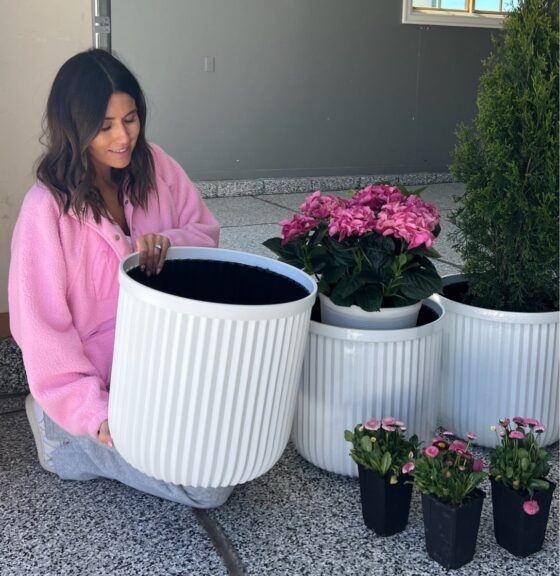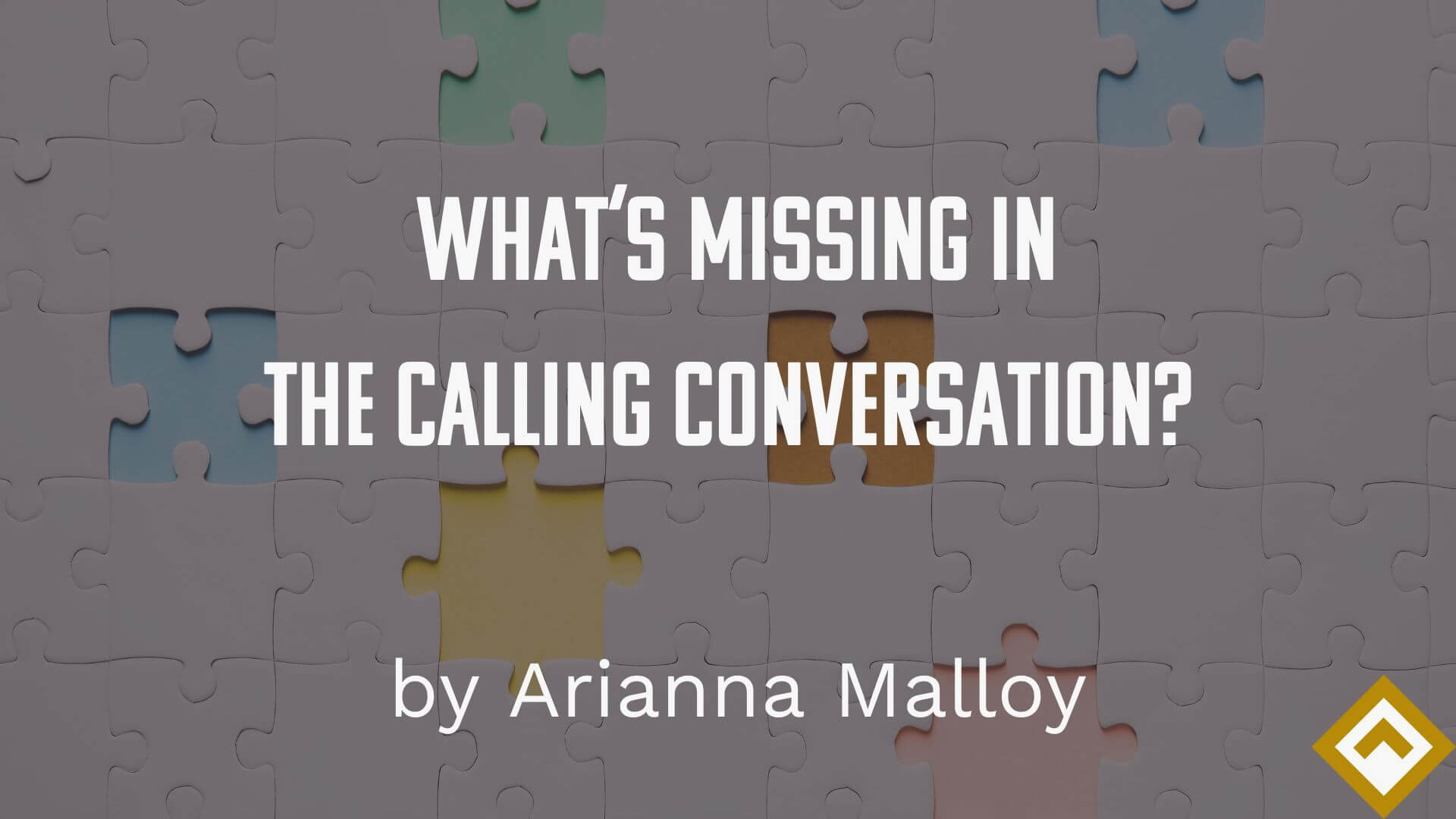Calling can certainly be a loaded word. Perhaps others have used the term calling well, to explain what compels them. Or, it’s been used poorly, selfishly, as an excuse not to show up for others, or even as a form of manipulation to get those who feel called to work more for less (less pay, less recognition, less health, less help, etc.).
If you’ve had the idea of calling used in your life in a way that has caused trauma, guilt, shame, or feeling left out, I want to pause and say to you: I’m so sorry. I’m so sorry this concept has been used inappropriately against you. That’s not okay. A healthy calling should bring healing, not harm. If you’re willing, just for right now, try to separate the word calling from the person or persons who used it wrongly.
Let’s peel back some of these layers.
While the topic of calling is not new—and amazing scholars and writers have provided key insights into calling—one thing still seems to be missing from the conversation: Calling is inherently about communication. Calling is not a static thing. It is not something that happens once, in a contained way.
Calling is about communication between the called, the Caller, and community. I’m not saying this just because communication is my area of study. To have a calling necessarily implies that someone or something is calling us. As Christians, we know the Caller is God. We also know that our great call, coming from the greatest command, is to love God and to love others (Matthew 22:37-40). As followers of Christ, our primary calling to love God is reflected in how we love others. In this way, calling is not just about the Caller and the called, it is also about the community we impact, and by whom we are impacted.
Calling is a dynamic relationship between the Caller, the called, and the community. And like any relationship, our calling is ever-developing. Until we recognize calling is about relationship, about actual interaction, we miss the entire point of the calling experience.
Like any relationship, which involves ongoing communication, understanding calling as a communicative process is key. At its very core, work calling indicates an ongoing visceral interaction between a Caller and the one being called.
New York Times best-selling author, pastor, teacher, writer, and podcast host John Mark Comer reminds us that to be human means we change, grow, and develop. And this, he says, “is by God’s design.”9 If part of the human experience is continual growth, straddling an invisible line between being (who we are now) and becoming (who we will be), then our relationship with the Caller is also meant to be dynamic. This means that what you’re going through right now has the potential to inform your calling.
So much unseen work goes into the formation and development of a calling, like the underwater part of an iceberg. I remember going on an Alaskan cruise and witnessing the almost unearthly beauty of icebergs. In the frosty, early mornings they seemed to have a faint glow in the water. It was literally breathtaking. What’s shocking is we see only the tip. What we don’t see, what’s below, is the majority.
The formation and development of calling is like an iceberg. A considerable amount of the process is below the surface. This matters because the work we do, the work that feels like a calling, may not always be seen by others. It may not always be measurable. The emotional and spiritual labor that we experience may not be fully valued or understood. Others may ask more of us (or we may demand more of ourselves), not realizing just how much we are already giving.
If a missing emphasis on the topic of calling is the relational core, another gap is the privileging of a moment over a journey. While some of us know very early on what our calling is, some don’t. And that’s completely normal. In fact, it’s very common. That’s why thinking about work calling as a journey, rather than merely a fixed moment in time, is more accurate.
There’s this mythic idea of calling, that it will fall upon you in bright golden rays from heaven, with a loud voice calling out your name. We certainly might have crystal clear epiphany moments, but they aren’t isolated. They are connected to a larger story, to other pieces of the puzzle. We need to pay attention to the little things.
Stephen, a financial advisor, described his process of identifying his work calling as both a journey and an epiphany. Originally going to school to become a licensed minister, on his days off he’d constantly gravitate toward reading financial books. At one point in the interview, he said, “And then it dawned on me, they [the books he was reading] were all on the stock market and, I heard God say, not in an audible voice, but in my spirit, ‘Why are you denying who you are?’”
We need to pay attention to what we are drawn toward and look for ways this might be integrated into our calling. It’s good to listen and look for those moments of feeling called. The trick is that in the actual moment, we don’t often see the larger implications. It isn’t until we look back, until we see our story unfolded, that the patterns emerge.
Placing a value on the communication within a calling means the outcome isn’t the only concern. There’s great value in the process, formation, development, and relationship of calling, in how we seek to live out our calling in the everyday. In fact, the apostle Paul gives this charge: “Make a careful exploration of who you are and the work you have been given, and then sink yourself into that” (Galatians 6:4 MSG). When we recognize that calling is not a one-time thing but rather an ongoing process, it means that what we’re doing now has the potential to be part of that process. Even if we’re in a place of burnout right now, this can help inform our calling if we let it.







